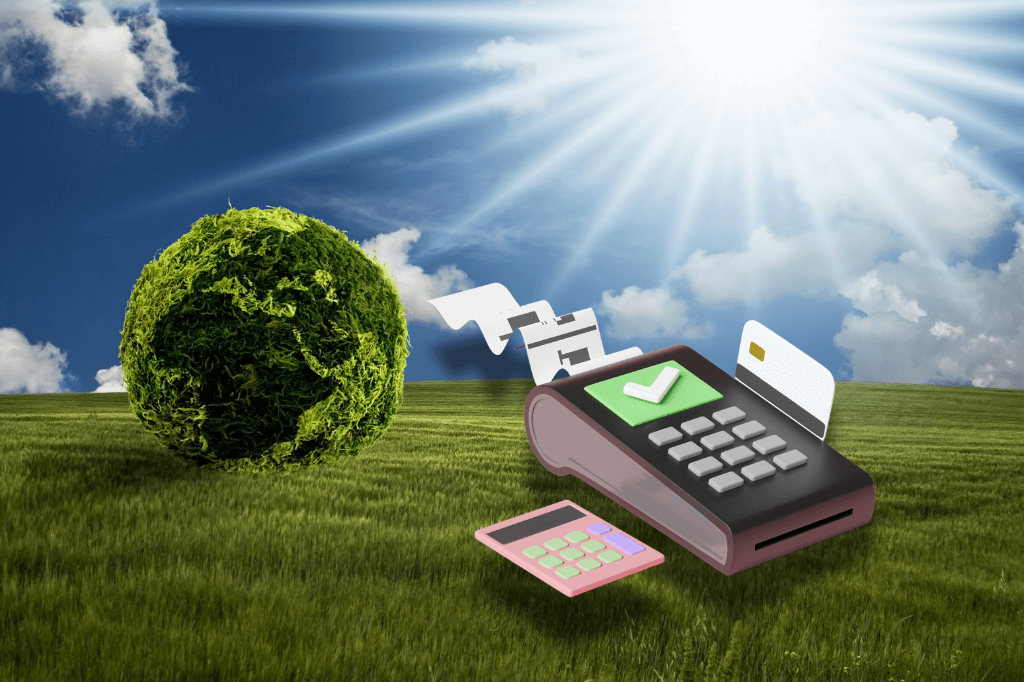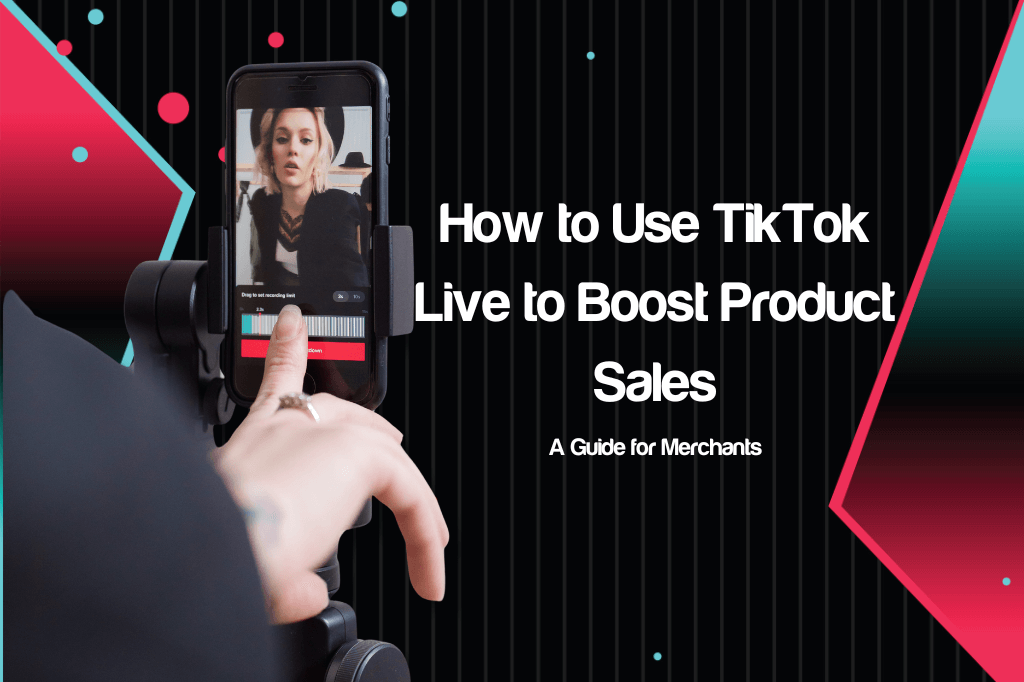Late payments are a major pain point for businesses, especially small and medium enterprises (SMEs). Invoices are typically paid an average of 28 days past due, and 1 in 6 remains unpaid after 90 days! This disrupts cash flow and hinders your ability to grow. Stop wasting time chasing payments – focus on what matters most: delivering exceptional service. Here’s how:
The Downside of Chasing Payments:
- Strained Relationships: Constant communication about money can damage valuable client relationships. Build trust and satisfaction, not just financial dependency.
- Wasted Resources: Chasing payments consumes precious time and energy better spent on growing your business. Optimize tasks for maximum effectiveness

Smart Strategies for Effective Payment Collection:
- Automated Invoicing Software: Tools like Xero and Zoho Books automate tasks, send automatic reminders, and eliminate the need for manual follow-up emails.
- Recurring Payments & Subscriptions: Schedule automatic payments for repeat business – simplify billing, ensure timely payments, and confirm client satisfaction
Proactive Measures to Prevent Late Payments:
- Upfront Payment Requests: Freelancers and some industries commonly request upfront payments or deposits. Clearly define expectations and eliminate potential future disputes.
- Frequent Smaller Invoices: Break down large projects into smaller, more frequent invoices. This keeps services fresh in your client’s mind and encourages timely payment.
- Seamless Payment Options: Make it easy for clients to pay! Accept various payment methods and utilize a payment processor that offers easy-to-use click-to-pay links directly integrated into emails, chat apps, and invoices
Take Control with Paymennt.com:
- Effortless Remote Payments: Streamline payment collection for non-e-commerce businesses. Send payment links via email or chat, eliminating the need for clients to chase bank details.
- Simplified Subscriptions: Set up recurring payments for repeat clients, ensuring consistent revenue and eliminating the need for chasing invoices
Learn how to send payment links, set up subscriptions, and improve your cash flow by streamlining your payment collection process.


